Fiber Futures: Japan’s Textile Pioneers
Carol Westfall first Guest Post is up. To Read FibernFutures: Japan’s Textile Pioneers, click Guest Post Above;

Hitomi Nagai (1954- ). Birth, 2011. Cotton; waffle weave. 79 x 43 x 11 in. (200 x 110 x 28 cm). Photo: Mareo Suemasa.



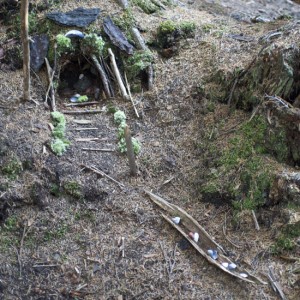

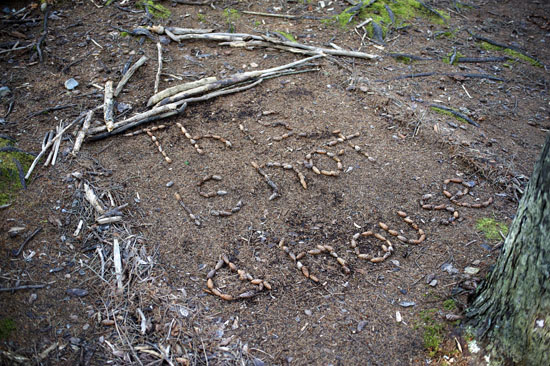
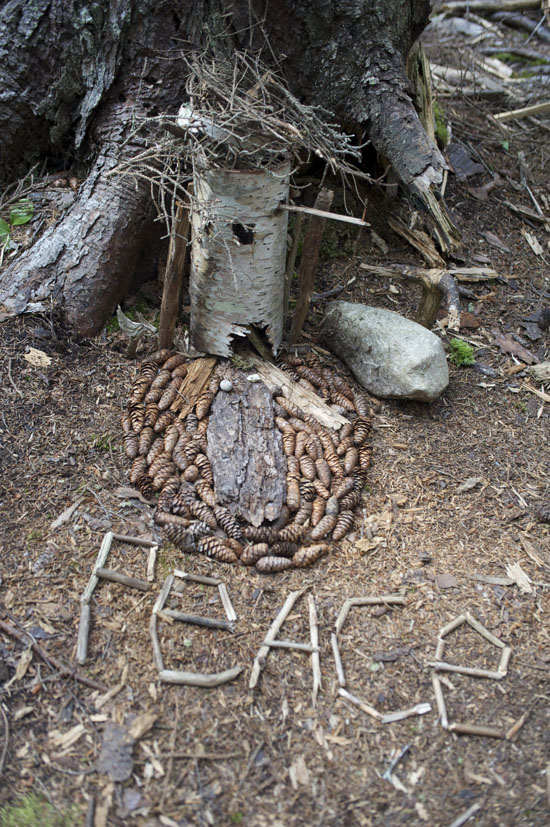
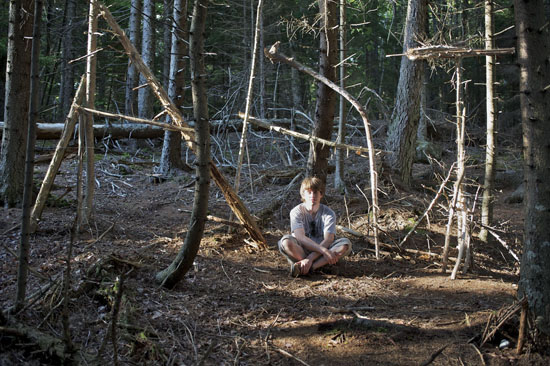


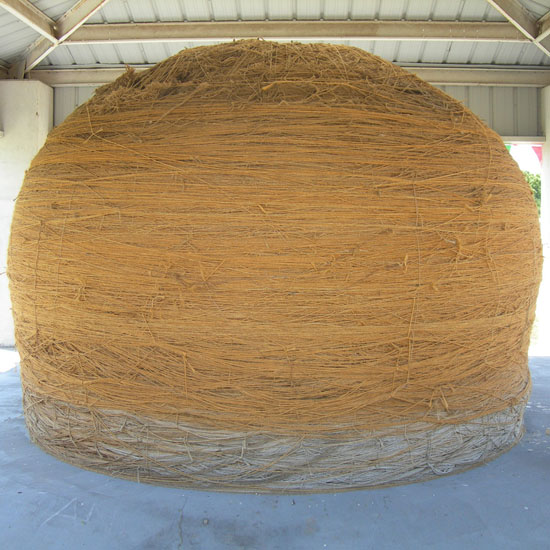
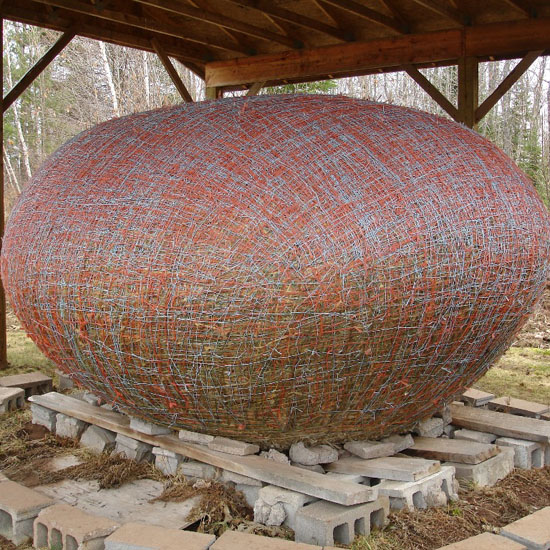

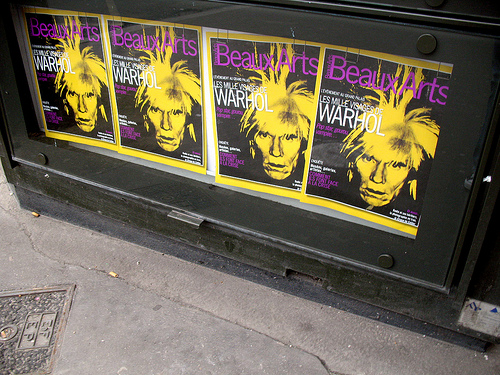


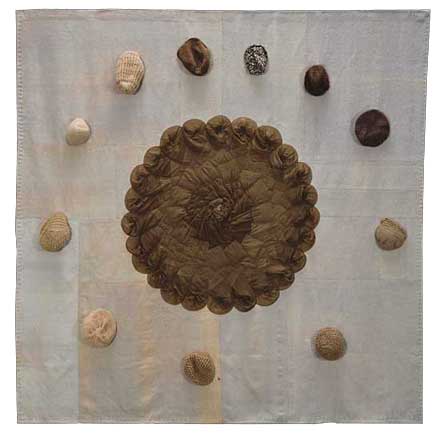

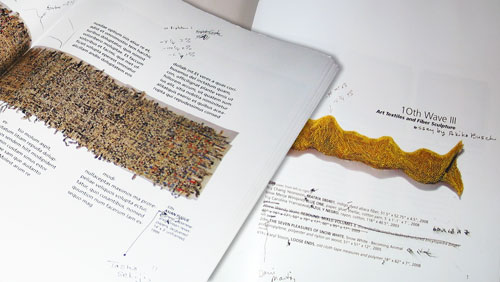


Books Make Great Gifts 2011: Artist Recommendations
This year we asked the artists we represent just one question:
What was the most enjoyed/most inspirational book you read this year?? Here are their wide-ranging replies:
The Absolutely True Diary of a Part-Time Indian by Sherman Alexie, illustrated by Ellen Forney (Little, Brown; National Book Award) . This is a semi-autobiographical novel by award-winning author, poet and film-maker, Sherman Alexie. Alexie has been named one of Granta’s Best Young American Novelists and has been lauded by The Boston Globe as “an important voice in American literature.” He is one of the most well-known and beloved literary writers of his generation, with works such as Reservation Blues and War Dances. He also wrote the screenplay for the film, Smoke Signals, based on a short story from his book, Lone Ranger and Tonto Fistfight in Heaven. In his novel, Alexie tells the heartbreaking, hilarious, and beautifully written story of a young Native American teen, Arnold, as he attempts to break free from the life he was destined to live. Arnold’s drawings illustrate the book.”
Sensual Relations by David Howes (University of Michigan) is Deborah Valoma’s recommendation.